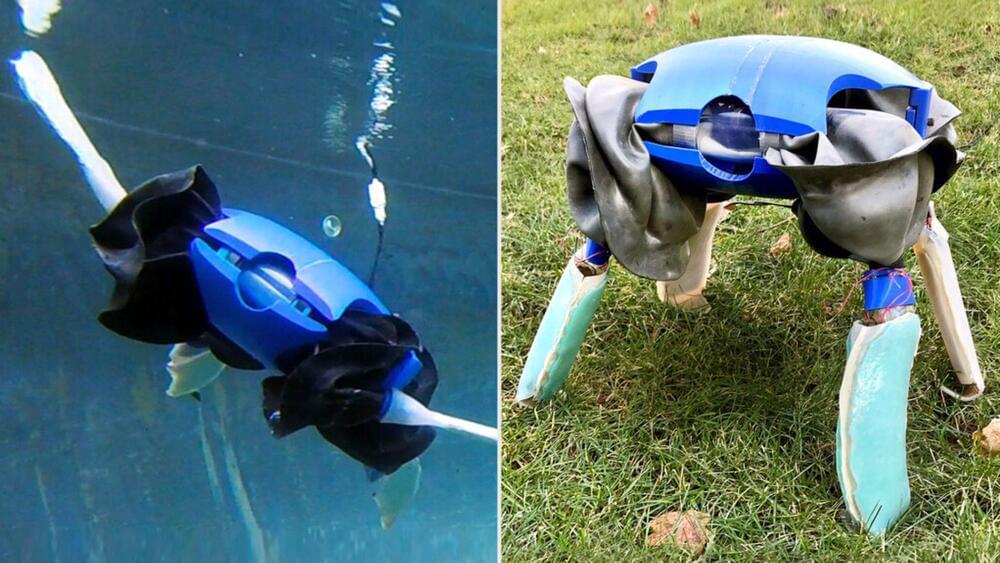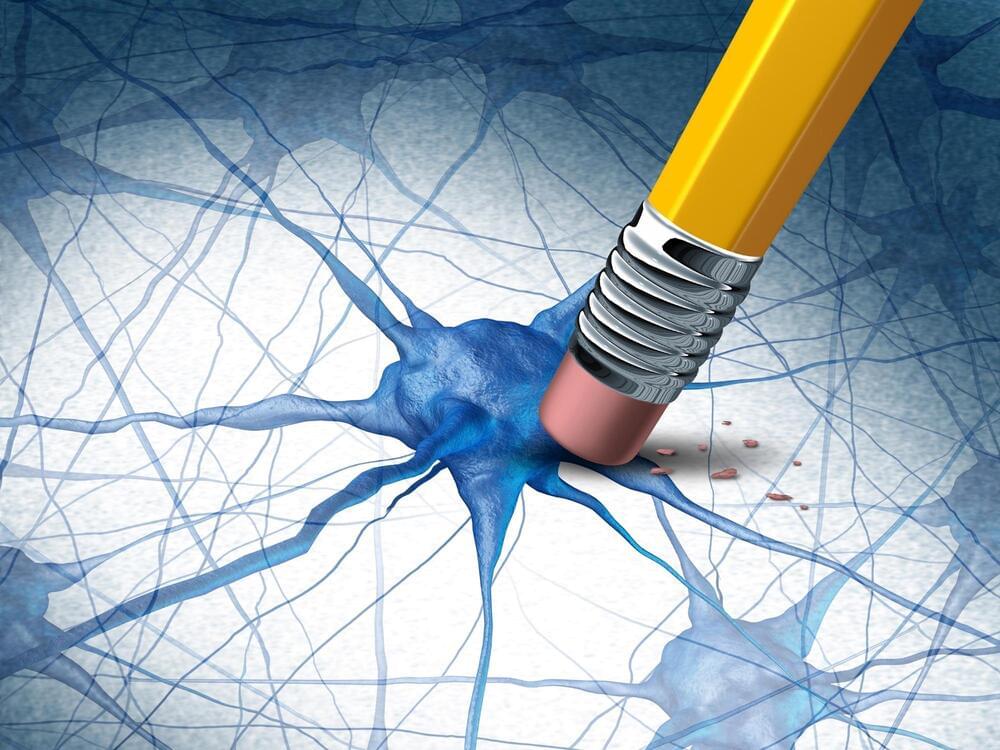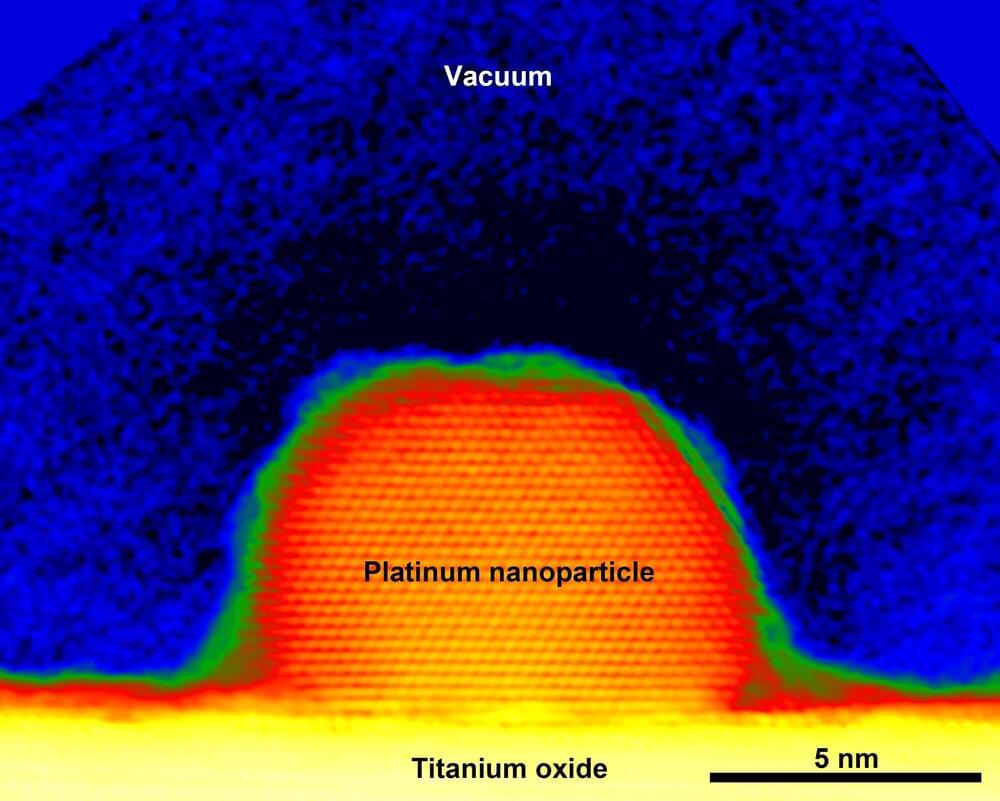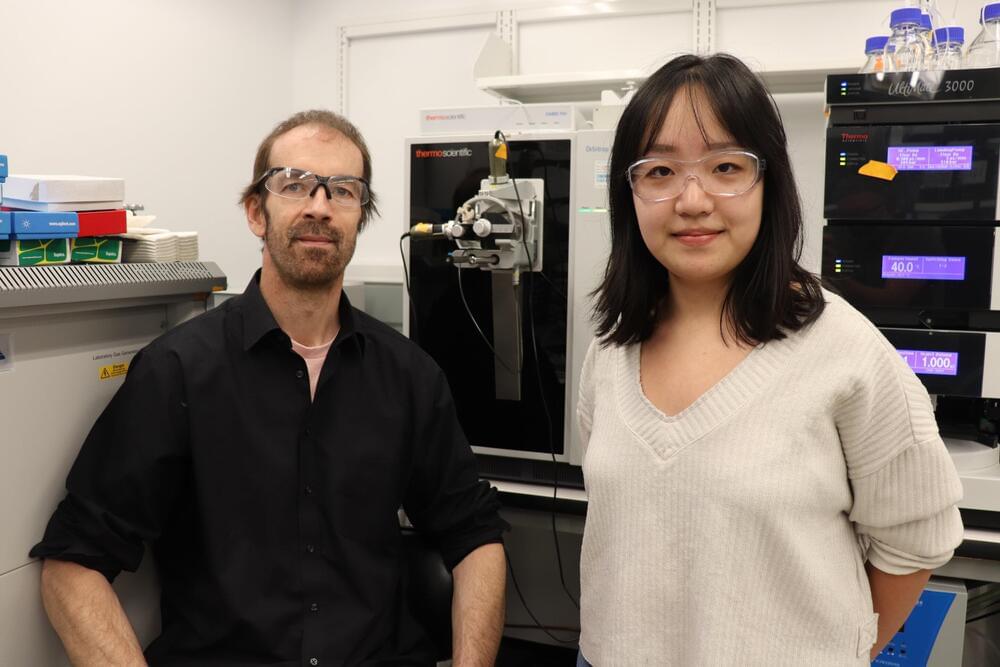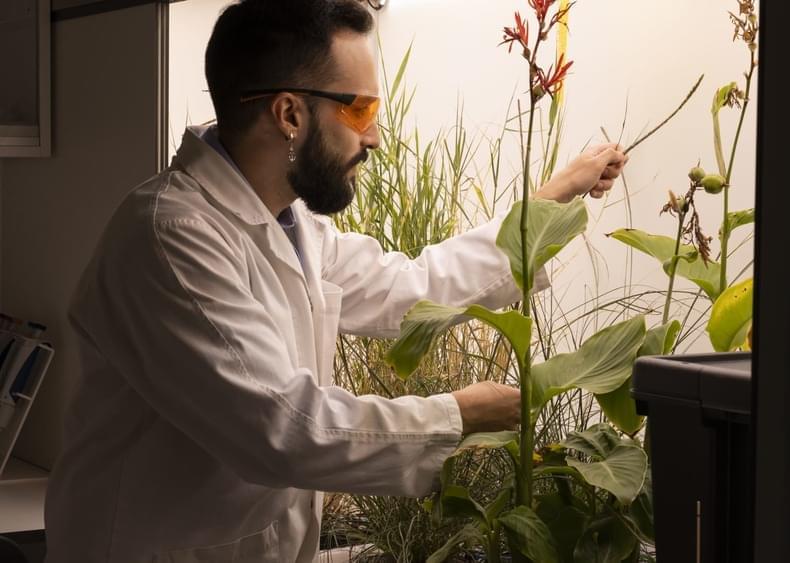Rates of anxiety and depression have been increasing around the world for decades, a trend that has been sharply exacerbated by the COVID-19 pandemic. New research led by the Boyce Thompson Institute’s Frank Schroeder could ultimately lead to new therapeutics to help relieve this global mental health burden.
First discovered in the 1930s, serotonin is a neurotransmitter produced in many animals that mediates myriad behaviors, such as feeding, sleep, mood and cognition. Drugs that alter serotonin levels are the main weapon to treat psychological conditions like anxiety and depression, as well as eating disorders.
As a simple model for neurobiology research, the microscopic roundworm Caenorhabditis elegans has been used extensively to study serotonin’s role in regulating behavior and food intake. For many years, researchers thought that serotonin was made in C. elegans by one specific molecular pathway, and that serotonin was then quickly degraded. Schroeder’s team and colleagues at Columbia University now demonstrated that both of those assumptions were not quite correct.
